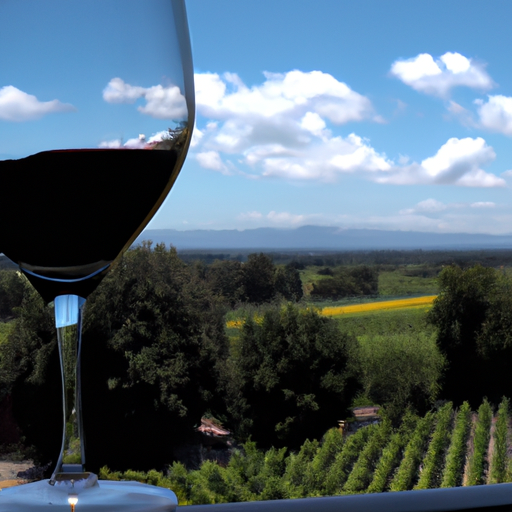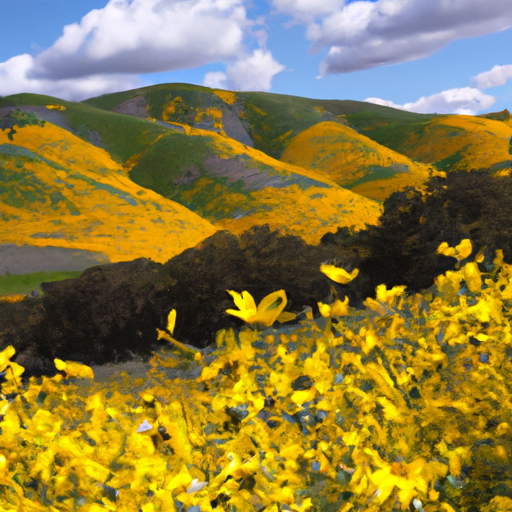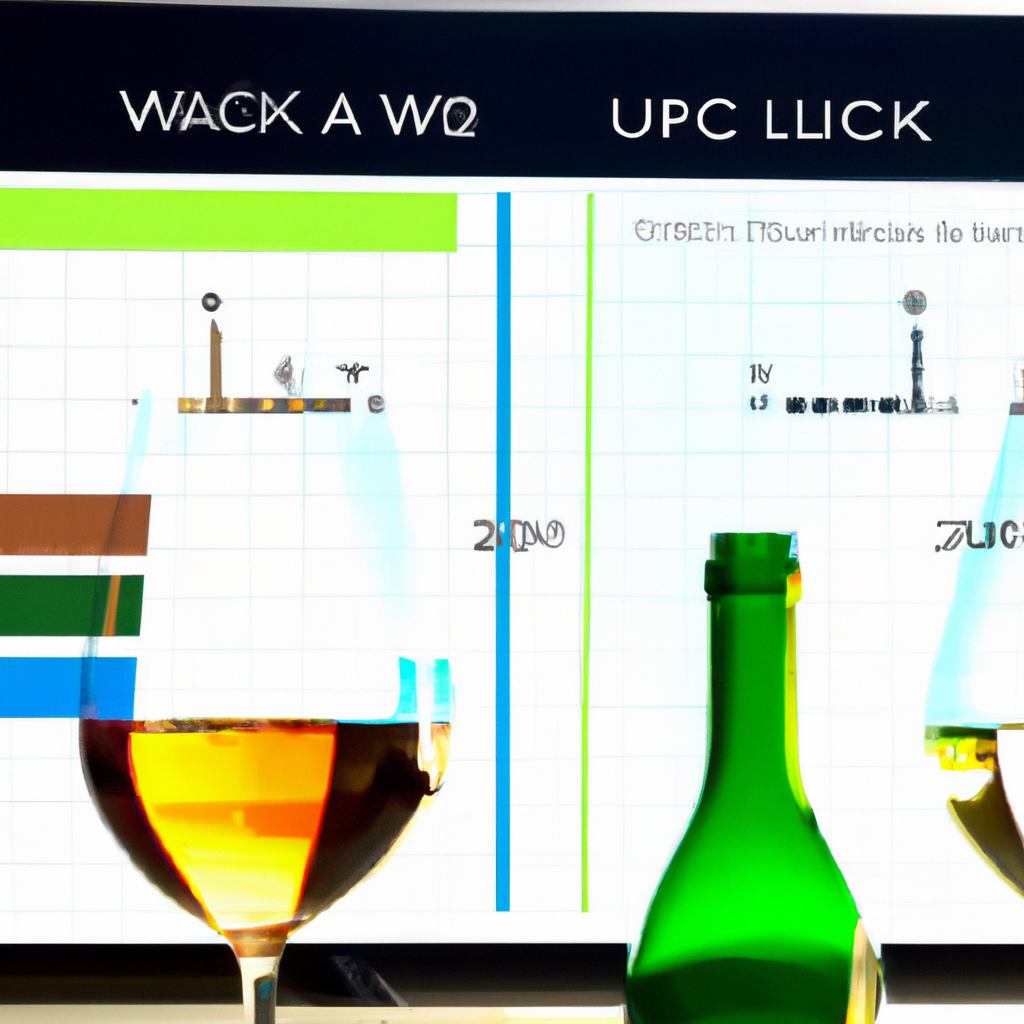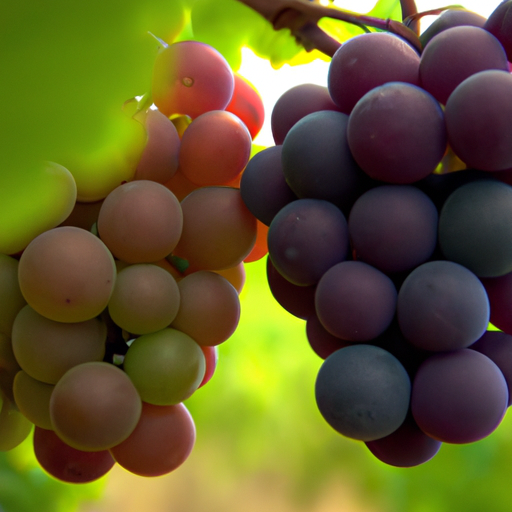Impact of Countywide Increase on Sonoma Wine Tasting Prices
Sonoma County, known for its picturesque vineyards and world-class wineries, has long been a popular destination for wine enthusiasts. However, recent developments have left many visitors and locals alike feeling a bit disheartened. Sonoma wine tasting prices have surged by a staggering 11% countywide, leaving some wondering if the experience is still worth the cost.
The impact of this countywide increase on Sonoma wine tasting prices cannot be understated. For years, wine lovers have flocked to Sonoma County to indulge in the region’s renowned wines. The county’s reputation as a premier wine destination has been built on the quality and affordability of its tastings. However, with prices on the rise, many are left questioning whether the experience is still accessible to all.
One of the most significant consequences of this price surge is the potential decline in tourism. Sonoma County has long relied on its wine industry to attract visitors from near and far. The increase in tasting prices may deter some potential tourists, who may opt for more affordable alternatives. This could have a detrimental effect on the local economy, as tourism plays a vital role in supporting businesses and creating jobs.
Furthermore, the increase in wine tasting prices may also impact the local community. Many Sonoma County residents work in the wine industry, either directly or indirectly. With fewer tourists visiting the area, wineries may be forced to cut back on staff or reduce their hours of operation. This could lead to job losses and financial hardships for those who rely on the industry for their livelihoods.
Additionally, the rising prices may also affect the overall perception of Sonoma County as a wine destination. Visitors who are accustomed to affordable tastings may be disappointed by the sudden increase in prices. This could tarnish the county’s reputation and lead to a decline in repeat visitors. Word of mouth is a powerful marketing tool, and negative experiences shared by disappointed tourists could have long-lasting effects on the region’s wine industry.
However, it is important to consider the reasons behind the price surge. Sonoma County, like many other regions, has faced numerous challenges in recent years. From wildfires to droughts, wineries have had to navigate through difficult times. The increase in tasting prices may be a necessary measure to offset these challenges and ensure the sustainability of the industry.
Moreover, it is worth noting that not all wineries in Sonoma County have raised their tasting prices. Some establishments have chosen to absorb the increased costs themselves, in an effort to maintain affordability for their customers. These wineries understand the importance of accessibility and are committed to providing a memorable experience without breaking the bank.
In conclusion, the countywide increase in Sonoma wine tasting prices has had a significant impact on the region. The potential decline in tourism, job losses, and the tarnishing of the county’s reputation are all consequences that must be considered. However, it is essential to understand the reasons behind the price surge and the efforts made by some wineries to maintain affordability. Ultimately, the decision to visit Sonoma County for a wine tasting experience will depend on individual preferences and budget constraints.
Analyzing the Factors Behind the 11% Surge in Sonoma Wine Tasting Prices

Sonoma County, known for its picturesque vineyards and world-class wineries, has recently experienced a significant increase in wine tasting prices. Over the past year, the average cost of a wine tasting in Sonoma has surged by a staggering 11%. This sudden surge has left many wine enthusiasts wondering about the factors behind this price hike. In this article, we will analyze the various factors that have contributed to this countywide increase in Sonoma wine tasting prices.
One of the primary factors behind the surge in wine tasting prices is the rising cost of production. Wineries in Sonoma County face numerous expenses, including labor, equipment, and vineyard maintenance. In recent years, these costs have been steadily increasing, putting pressure on wineries to raise their prices. Additionally, the cost of raw materials, such as grapes, has also risen due to factors like climate change and increased demand. As a result, wineries have had to pass on these additional costs to consumers, leading to higher wine tasting prices.
Another significant factor contributing to the surge in Sonoma wine tasting prices is the growing popularity of wine tourism. Sonoma County has become a sought-after destination for wine lovers from around the world. This influx of tourists has created a high demand for wine tasting experiences, leading to an increase in prices. Wineries have recognized the opportunity to capitalize on this demand and have adjusted their pricing accordingly. Moreover, the growing popularity of wine clubs and subscription services has also contributed to the increase in prices, as wineries strive to maintain profitability in a competitive market.
Furthermore, the impact of the COVID-19 pandemic cannot be overlooked when analyzing the surge in Sonoma wine tasting prices. The pandemic has disrupted the global supply chain and caused significant economic challenges for businesses worldwide, including wineries. Many wineries had to temporarily close their doors or operate at limited capacity, resulting in a loss of revenue. To compensate for these losses and ensure their survival, wineries have had to increase their prices. Additionally, the implementation of safety measures, such as reduced group sizes and enhanced sanitation protocols, has also increased operating costs for wineries, further contributing to the rise in wine tasting prices.
Additionally, the scarcity of certain wines has played a role in the increase in prices. Sonoma County is known for its premium wines, and some wineries produce limited quantities of highly sought-after vintages. As these wines become increasingly rare, their prices naturally rise. Wine enthusiasts are willing to pay a premium for the opportunity to taste these exclusive wines, leading to an overall increase in wine tasting prices across the county.
In conclusion, the surge in Sonoma wine tasting prices can be attributed to a combination of factors. Rising production costs, the growing popularity of wine tourism, the impact of the COVID-19 pandemic, and the scarcity of certain wines have all contributed to this countywide increase. While the higher prices may be a disappointment for some wine enthusiasts, it is essential to understand the economic realities faced by wineries in Sonoma County. Despite the increase, Sonoma remains a premier destination for wine lovers, offering a unique and unforgettable tasting experience.
Exploring the Economic Consequences of the Countywide Increase on Sonoma Wine Tasting
Sonoma County, known for its picturesque vineyards and world-class wineries, has long been a popular destination for wine enthusiasts. However, recent news of an 11% increase in wine tasting prices across the county has left many visitors and locals alike wondering about the economic consequences of this countywide surge.
One of the immediate effects of this price hike is the potential impact on tourism. Sonoma County attracts millions of visitors each year, who come to experience the beauty of the region and indulge in its renowned wines. With the increase in wine tasting prices, some tourists may think twice before planning a trip to Sonoma. Higher costs could deter potential visitors, especially those on a tight budget, from choosing Sonoma as their destination. This could result in a decline in tourism revenue for the county, affecting not only wineries but also local businesses that rely on tourism dollars.
Moreover, the increase in wine tasting prices could also have an impact on the local economy. Wineries are a significant source of employment in Sonoma County, providing jobs to thousands of residents. However, with higher prices, wineries may experience a decrease in the number of visitors, leading to a potential decline in revenue. This could force wineries to cut costs, potentially resulting in layoffs or reduced hours for employees. Additionally, wineries may have to reevaluate their marketing strategies to attract visitors despite the increased prices, which could further strain their financial resources.
Furthermore, the countywide increase in wine tasting prices could have a ripple effect on other sectors of the economy. Restaurants, hotels, and other businesses that cater to tourists may also feel the impact. If fewer people visit Sonoma due to the higher costs of wine tasting, these establishments may experience a decrease in customers and revenue. This could lead to job losses and a decline in the overall economic activity in the region. Additionally, suppliers and service providers that rely on wineries may also be affected, as wineries may reduce their orders or seek cheaper alternatives to offset the increased costs.
On the other hand, some argue that the increase in wine tasting prices could have positive economic consequences. Higher prices could potentially lead to increased revenue for wineries, allowing them to invest in improving their facilities, expanding their production, or enhancing the quality of their wines. This, in turn, could attract a more discerning clientele willing to pay a premium for a unique wine tasting experience. Additionally, the increased revenue could enable wineries to support local initiatives, such as environmental conservation or community development projects, benefiting the overall well-being of the county.
In conclusion, the countywide increase in Sonoma wine tasting prices has the potential to impact the local economy in various ways. While it may deter some tourists and result in a decline in tourism revenue, it could also lead to positive outcomes for wineries and the community. The long-term consequences of this price surge remain to be seen, but it is clear that Sonoma County will need to carefully navigate the economic implications to ensure the continued success of its wine industry and the overall prosperity of the region.




